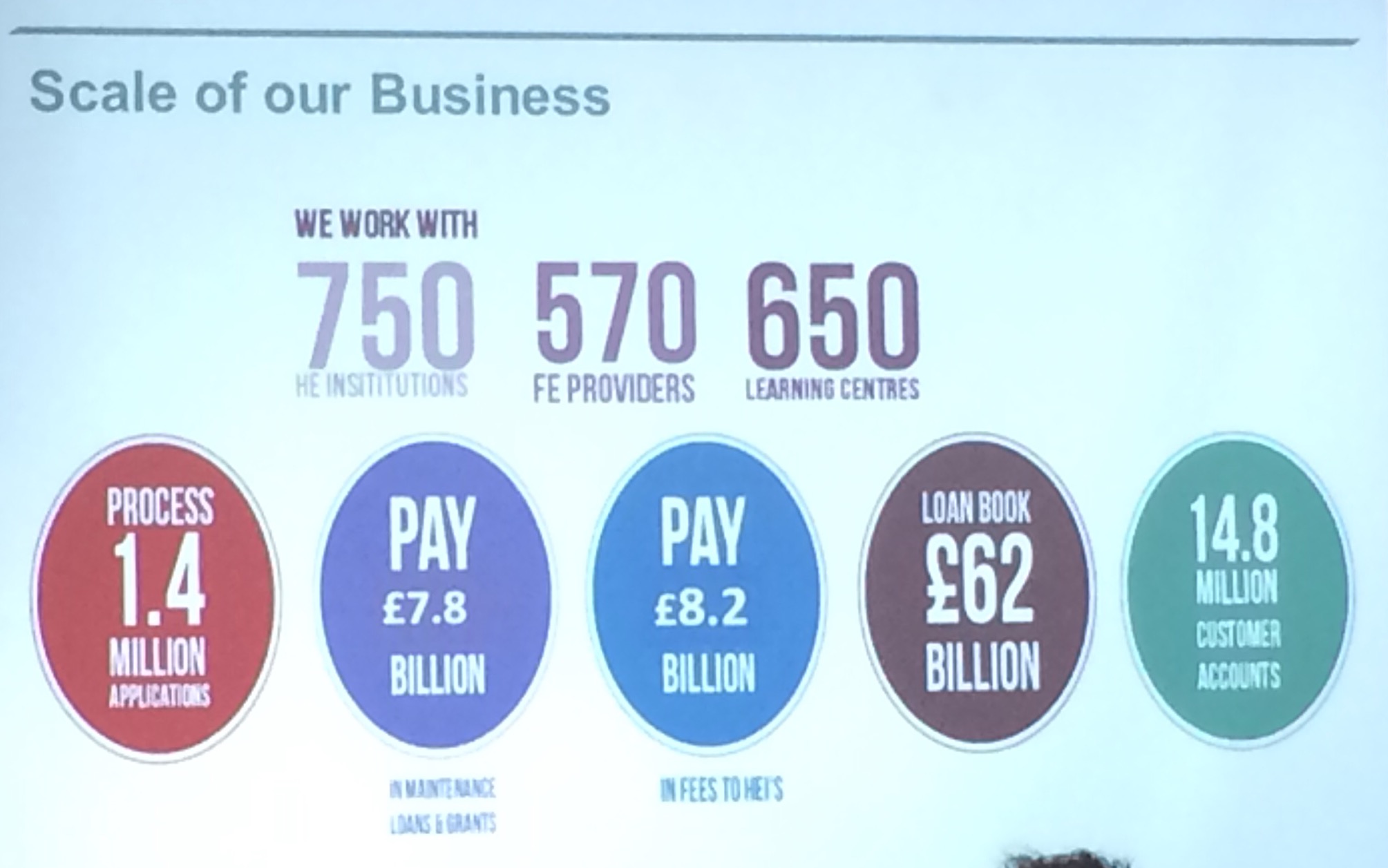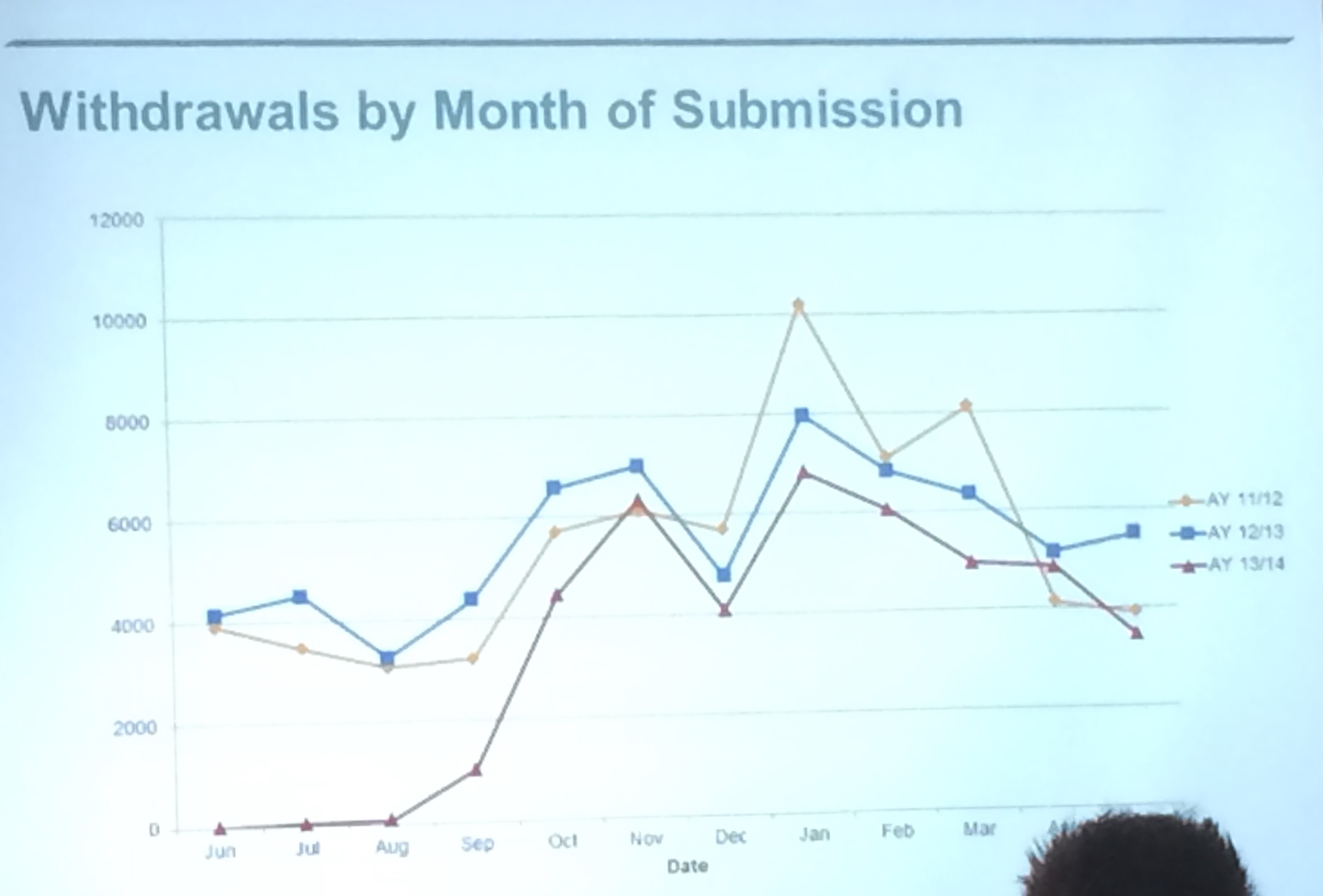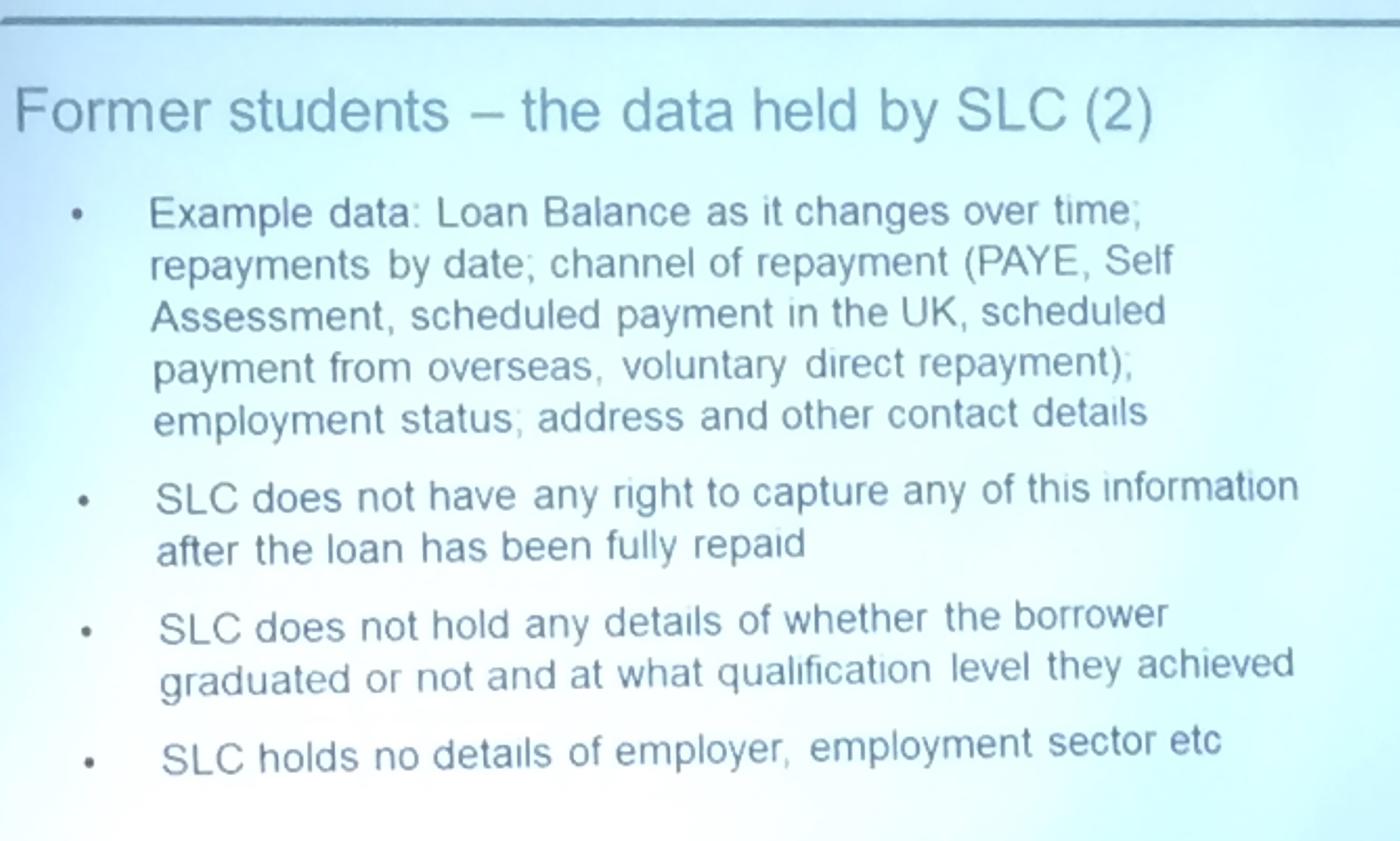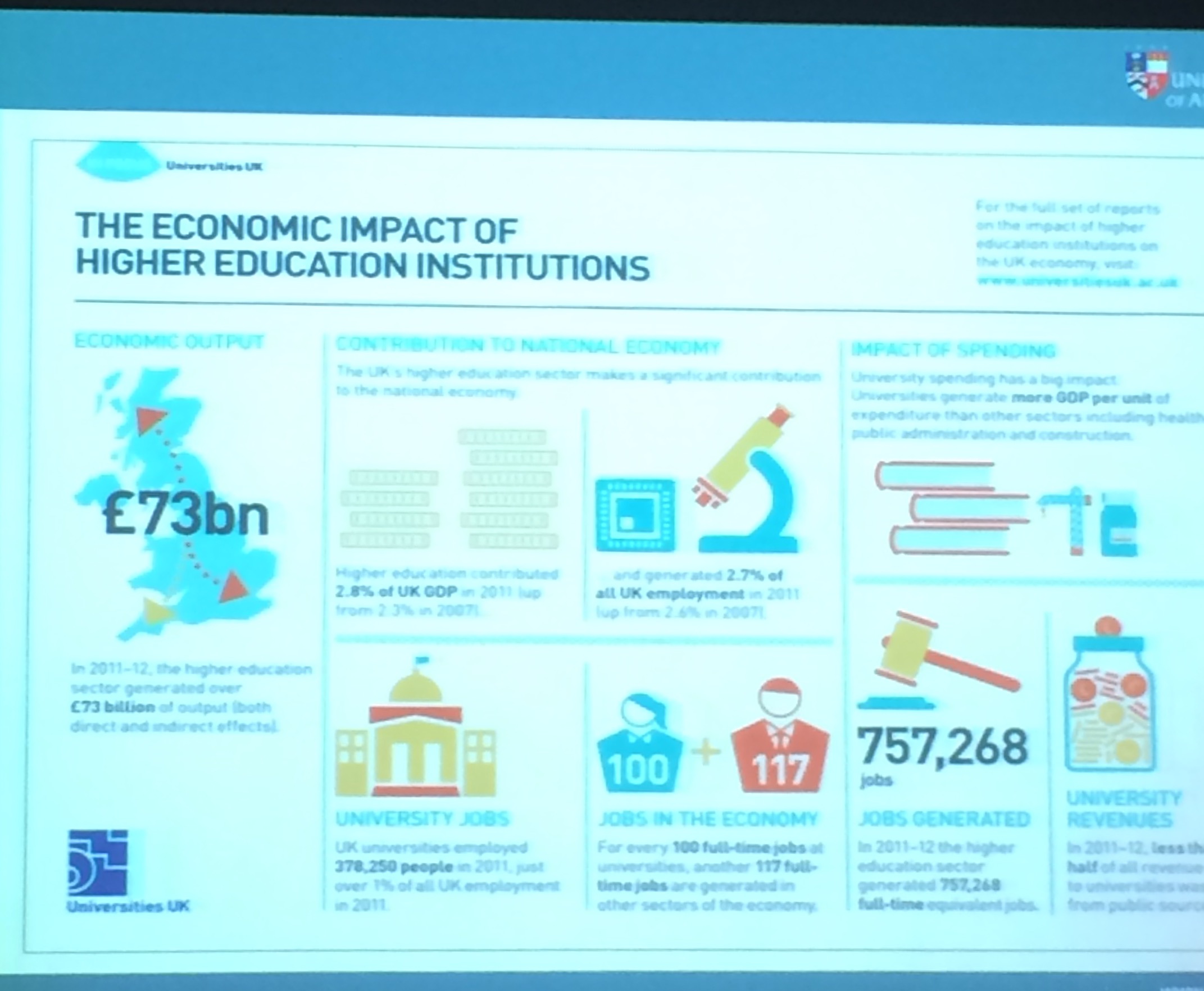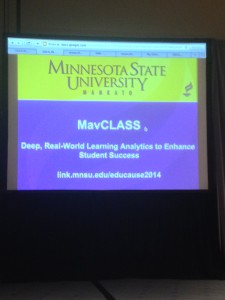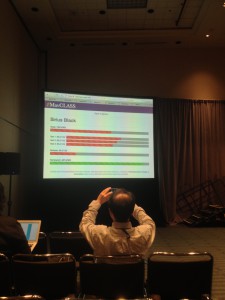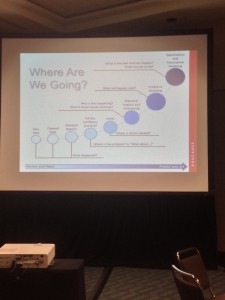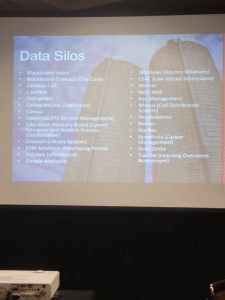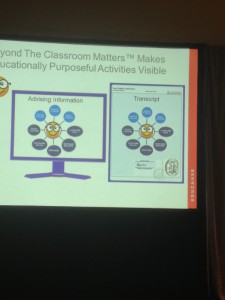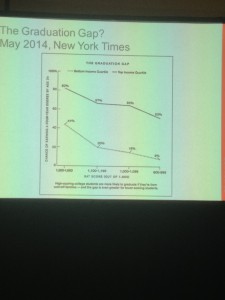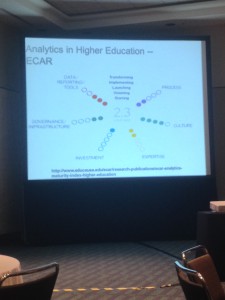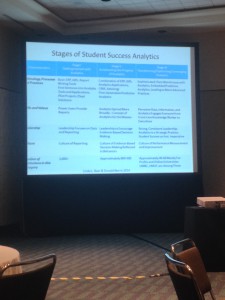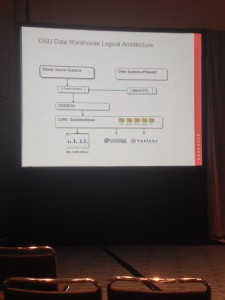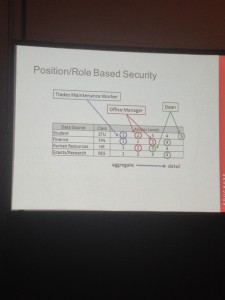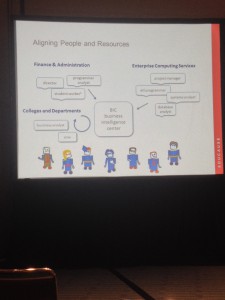27 February sees me at Woburn House, HQ of Universities UK at an event with HESPA

We’re here to explore the role of open data in the work of institutional planning and strategic decision making. The workshop is a joint exercise between Universities UK and the Higher Education Strategic Planners Association as part of the UUK ‘Creating value from open data project’. Summary / press release here. This one is allied closely to the Diamond Efficiencies and effectiveness report released yesterday. LINK. The project manager (Will Hammond) is expecting to publish outputs by July 15.
Specifically we’re being asked to explore the discoverability, usability and application of open data.
This is rather timely for the HESA and Jisc Business Intelligence initiative http://www.business-intelligence.ac.uk UUK intend to run a series of these workshops with different UK Higher Education (HE) representative groups to produce a White Paper on open data for HE, making recommendations for direction of travel along with case studies.
The HESA and Jisc project has an R&D aspect which will soon provide a practical approach to the analysis of disparate data collections for useful insights. We’re very keen to include useful currently open data (such as Mosaic) but also helping to open up access to closed data sets for experimentation in the first instance.
Here’s a graphical summary of that piece
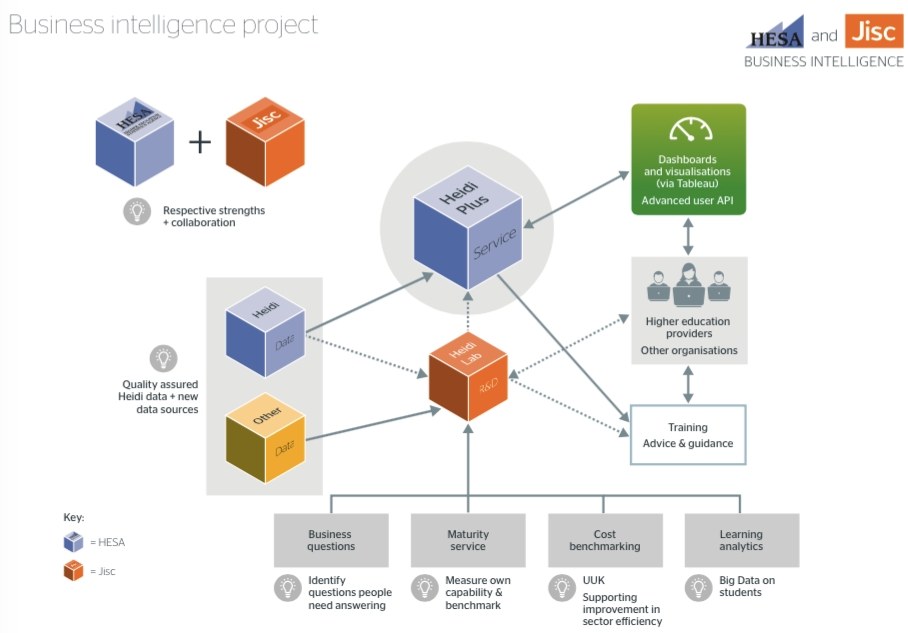
These are the sort of questions posed at the workshop today;
1. Do participants currently use open data to support their work?
2. How might participants like to use open data to support their work?
3. How could open data sets be used more effectively? What skills or tools might help?
4. What barriers limit access to data sets that participants would like to use?
We began looked at some existing open data sets from sources such as data.gov.uk and the Labour Market Information for All initiative to explore whether and how they might be used alongside existing sector data resources such as the Heidi-Plus and Heidi-Lab initiatives I’m involved in on behalf of Jisc.
Here are a few open data source based services;
Unistats (aims to compare official course data from UK Universities)
equipment.data (aims to enable access to UK research equipment)
Open Data Institute http://theodi.org/about-us
And some data sources
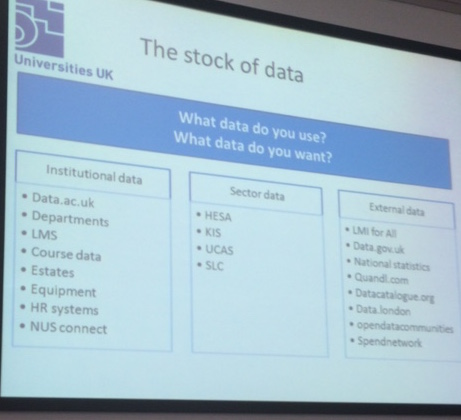
Folks here echoed the suggestion of the identification of business questions, data sources then analysis and visualisation for successful BI. This is the approach HESA and Jisc are taking with Heidi-Lab. We’ll be running events to gather the questions, identify likely data sources, prioritise for action, analysis through agile iterative development. We hope to innovate quickly and produce new insights that can go out on the Heidi-Plus service.
The outputs of this UUK initiative should be most beneficial to Jisc and HESA moving to action and helping the wider sector accrue the benefits of cutting edge BI through a shared service approach.
A call for Jisc to help address the tiers and subscription costs for granularity of access to data (HESA and others)…. no small ask! Maybe the BI initiative will help gather evidence of possibility and demand.
In conclusion I have captured below some of the key findings from the Round table exercise
What data is being used?
UCAS, REF Data citations, League tables, OECD, lack of international data for comparison, no open data per se, DFE, schools data on GCSE and A-Level, target schools, ONS on migration, internal data sets (interoperability issues here), DFE (to help with prior personal pedagogic preferences?)
What data isn’t being used?
KIS, DELI, student lifecycle (see Jisc Prospect to Alumnus initiative), a feeling that there are many collections that are not used (see HEDIIP)
Key questions people wanted answers to;
Student lifecycle – financial position and spend – welfare
What students do, how they spend their money, financial decisions
Student lifecycle (prior and post i.e. prospect to alumus – see above link)
What does the workforce look like in the next 10 years – who is retiring?
Are your students successful?
Are we good value? What is our regional economic input?
Are our graduates in jobs (SLC, HMRC, get rid of HESA Destination of Leavers in HE)
Economic and social impact
Cost base
Who owns the data
What are we capturing, is it licensed secure and am I able to ingest into another system i.e. opening up data issues
Who are the users?
Academics, planners, policy makers, student satisfaction, those we may not know about (opening up data presents unexpected opportunities)
What data do you need?
Data dictionaries, Unique identifiers etc
National Pupil Database, ONS, skills gap operational benchmarking, social media data
Internal expenditure data (HESA and Jisc are looking into operational cost benchmarking for university services)
Procurement data
Health data
OECD (wealth / earnings data)
